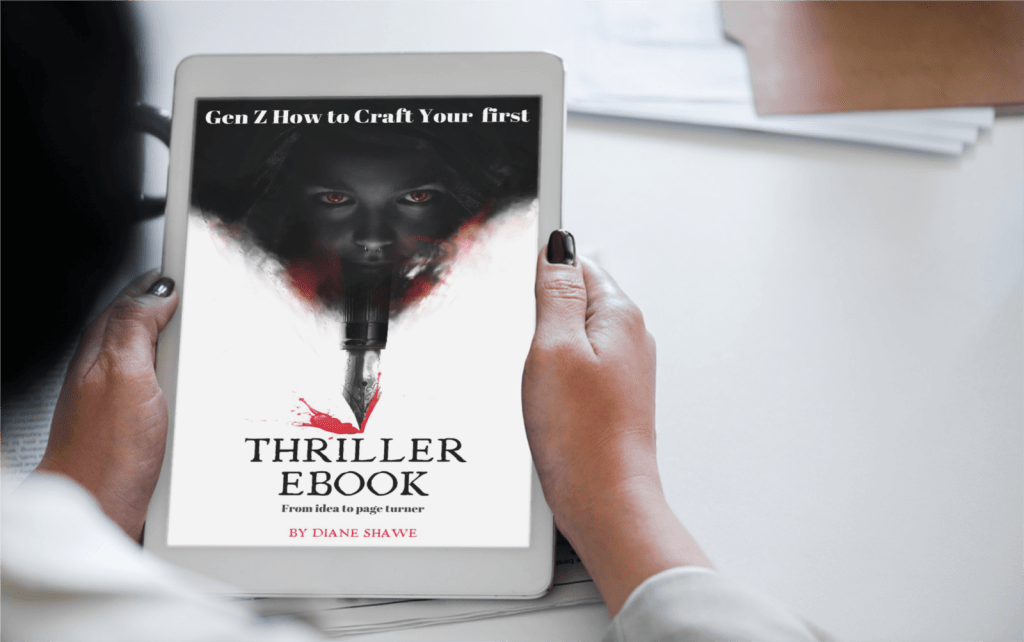Compulsive hair pulling, understanding and treating with hair extensions.
article by Diane Shawe M.Ed
Trichotillomania (pronounced /ˌtrɪkəˌtɪləˈmeɪniə/ TRIK-ə-TIL-ə-MAY-NEE-ə, also known as trichotillosis or hair pulling disorder) is an impulse disorder characterised by the compulsive urge to pull out (and in some cases, eat) one’s own hair leading to noticeable hair loss and balding, distress, and social or functional impairment. It appears in the ICD chapter 5 on Mental and behavioral disorders and is often chronic and difficult to treat.
Trichotillomania may be present in infants, but the mis conception that the peak age of onset is 9 to 13 understated to say the least. It is estimated that 3.4 % of women suffer this and around 1.5% men.
It may be triggered by depression or stress. Owing to social implications the disorder is often unreported and it is difficult to accurately predict. Common areas for hair to be pulled out are the scalp, eyelashes, eyebrows, legs, arms, hands, nose and the pubic areas.
I have been involved in the hair extension sector for over 30 years. I have seen clients attend my salon and whilst waiting to get their hair extensions put in I have witnessed them pulling their hair out.
Often these clients are unaware that they have a disorder are sometime highly strung or very nervous.
So what are the symptons?
People who suffer from trichotillomania are said to often pull only one hair at a time and these hair pull episodes can last for hours at a time. Trichotillomania can go into remission-like states where the individual may not experience the urge to “pull” for days, weeks, months, and even years.
I had a client who would bit by bit feel the urge to snip of single hair strands at a time and could not stop snipping with her very small scissors. It was vital for her to have these scissors at hand at all times.
Individuals with trichotillomania exhibit hair of differing lengths; some are broken hairs with blunt ends, some new growth with tapered ends, some broken mid-shaft, or some uneven stubble. Scaling on the scalp is not present, overall hair density is normal, and a hair pull test is negative (the hair does not pull out easily). Hair is often pulled out leaving an unusual shape. Individuals with trichotillomania may be secretive or shameful of the hair pulling behavior.
An additional psychological effect can be low self-esteem, often associated with being shunned by peers and the fear of socialising due to appearance and negative attention they may receive.
Some people with trichotillomania wear hats, wigs, false eyelashes, eyebrow pencil, or style their hair in an effort to disguise the probem. There seems to be a strong stress-related component and some individuals with trichotillomania may feel they are the only person with this problem due to the low rates of reporting.
Hair dressers are usually the first to work with clients who may have this problem, and whilst washing, blow drying and back combing with hair spray or using big rollers under a hair dryer to add volume, this does not assist the client in the long term.
Hair enhancement (hair extensions) techniques have come a long way. Techniques such as Crowning glory, Hair to skin, lace wigs, the net weave and the hook and latch can provide instant gratification.
During this process I have also witnessed the clients change of habit in pulling out their hair because they pay much more attention to not pulling out their hair extensions.
Habit reversal Training can help.
Whilst I agree that certain Habit reversal training (HRT) has the highest rate of success in treating trichotillomania. HRT has been shown to be a successful adjunct to medication as a way to treat trichotillomania. With HRT, the individual is trained to learn to recognise their impulse to pull and also teach them to redirect this impulse. I believe that hair extensions speed up this process because the suffer has a completely different mindset to the hair that has been added to help disguise their problem whilst giving the appearance of a lovely healthy head of hair.
Any hair enhancement technique should be light, non intrusive, well blended and easy to manage. One of the most effective techniques could be the Hook and Latch hair extension technique. However if the client has damaged the hair line, the most effective system would be a lace wig applied without using any bonding agents.
The Hair Extension Training Academy offer five hair enhancement techniques designed to work with clients who suffer from alopechia, trichotillomania, hair loss due to medication or severe thinning hair.
Try out our 1 day hook and latch hair extension technique course and you can see for yourself the benefits to the client.








































You must be logged in to post a comment.